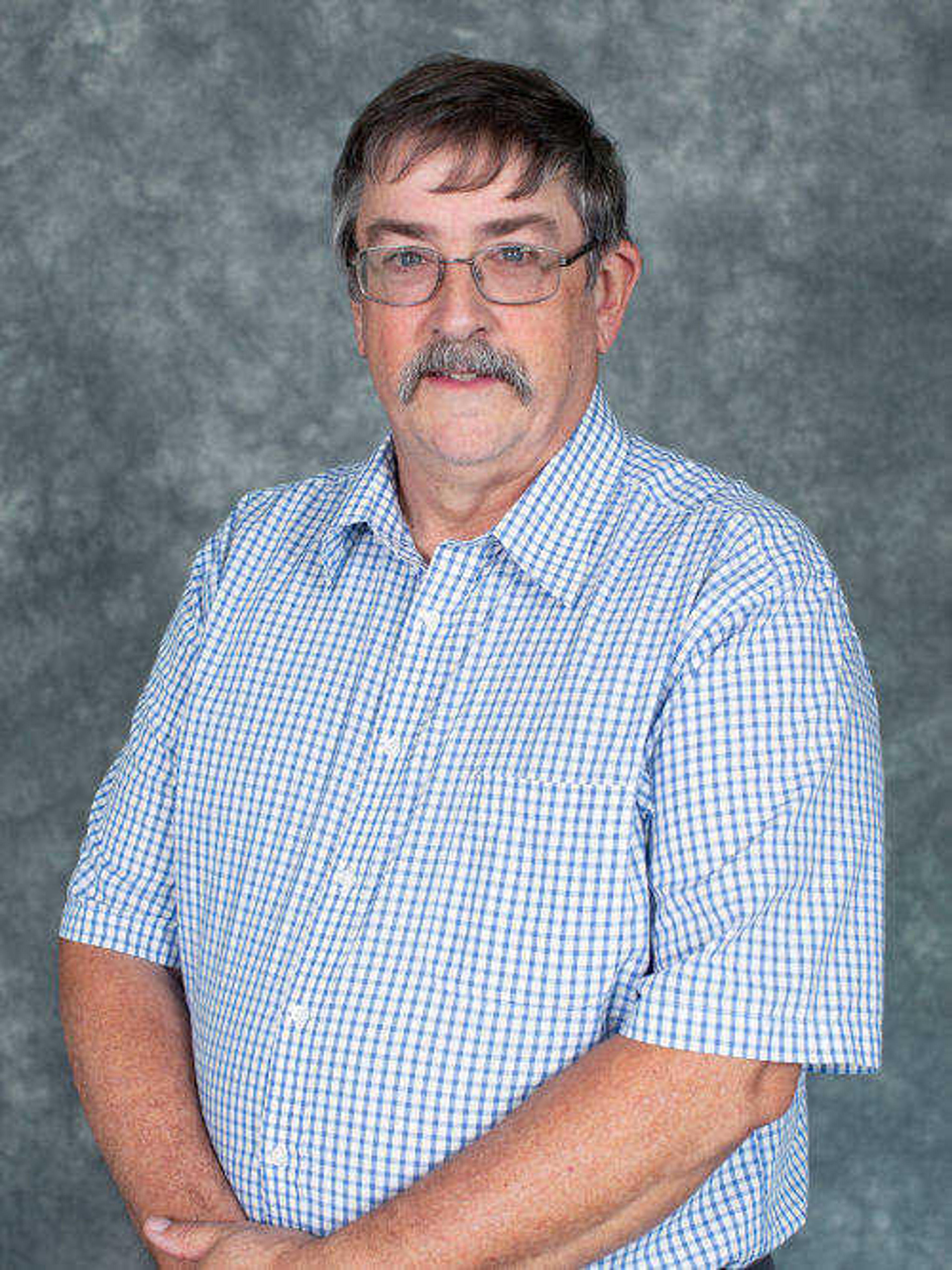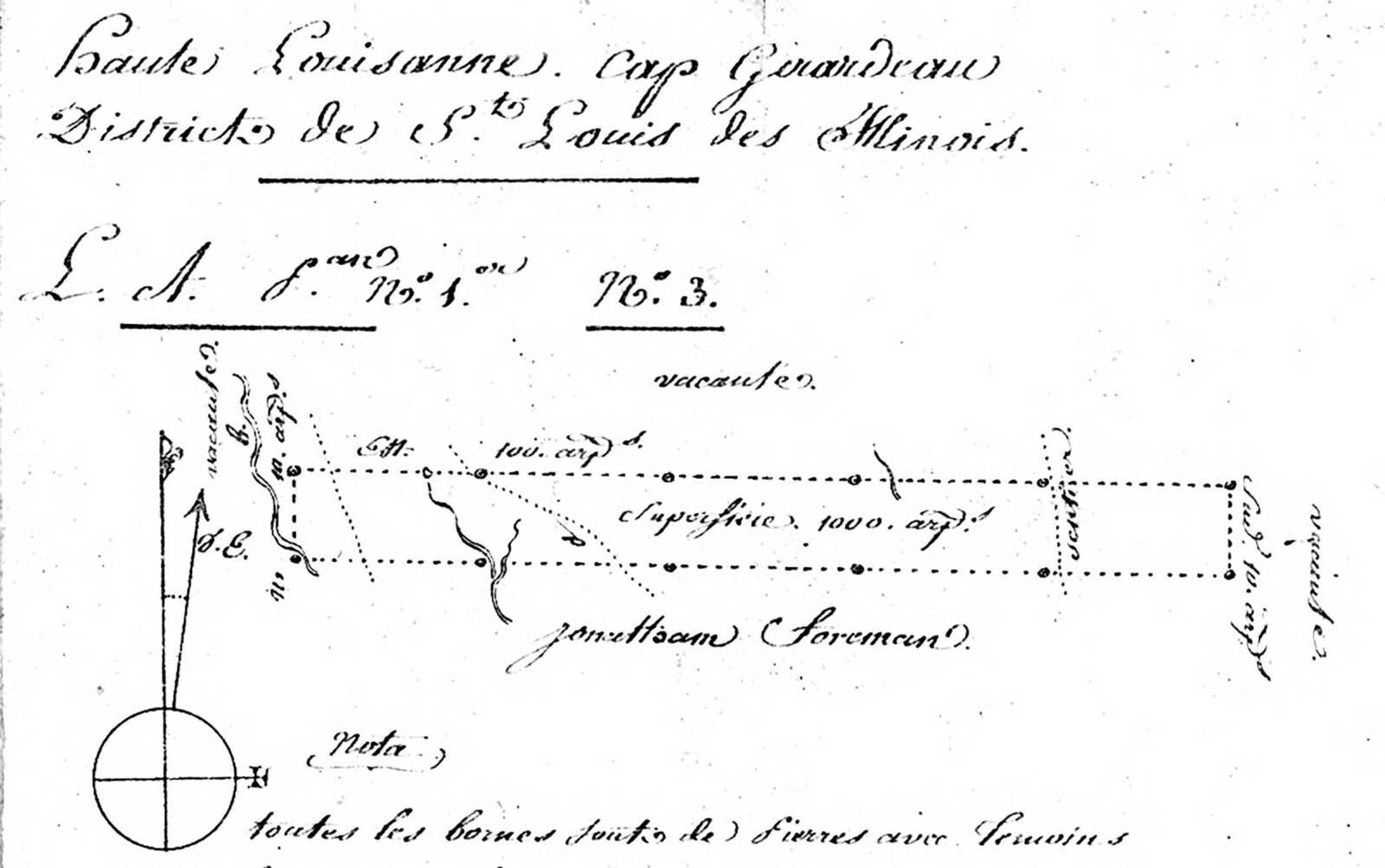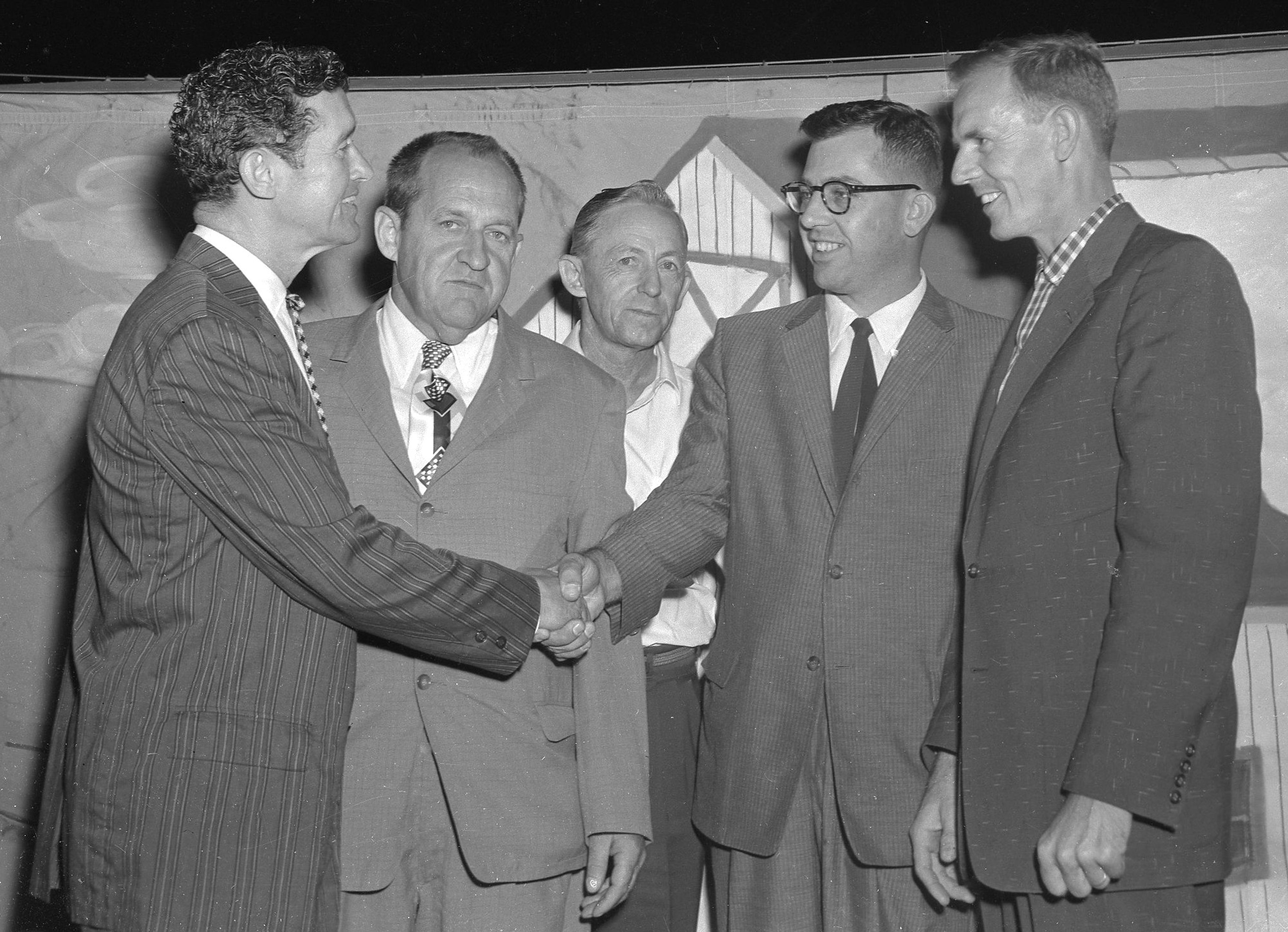Prior to the arrival of Bartholo-mew Cousin, Louis Lorimier employed another talented Frenchman as his secretary. Louis François Largeau was born near Montreal in 1736, the son of Jacques Largeau, dit Saint-Jacques and his wife, Marie-Anne Gastineau, dit Duchêne. He received a comprehensive education, evidenced by his skills as a scribe and accountant.
Lorimier’s father Claude Nicholas employed Largeau in his trading business with Indigenous peoples, and Largeau accompanied Lorimiers to the Ohio country in 1769. There, they established a post at the confluence of Loramie Creek and Great Miami River. Louis depended on Largeau as an aide and left him in charge when he traveled.
During one of these times, a detachment of American militia under Benjamin Logan attacked Lorimier’s trading post in December 1782. The post received little warning, but Largeau managed to escape with Lorimier’s son Guillaume "William" and others.
Financial ruin resulted when raiders burned Lorimier’s post. He moved, first to Vincennes, Indiana, and in 1787 to Big Shawnee Spring on Saline Creek in Ste. Genevieve County. Lorimier continued rebuilding his trading business, but raids by Osage parties increased in the early 1790s. He moved south to the "old Cape" north of present-day Cape Rock Park by 1793.
During the period between 1792 and 1794, American filibusters threatened to invade Spanish Louisiana. The authorities responded by working with Lorimier to rally Indian allies. Lorimier formally employed Largeau as his secretary in January 1794 at the request of Thomas Portelle, commandant at New Madrid. Whether Largeau left Lorimier’s employ between 1787 and 1794 or not is unknown. Largeau also acted unofficially as second in command to Lorimier.
The threat of invasion stopped in January 1795, and those who settled Cape Girardeau began to request land concessions. Largeau received a 1,000-arpent land grant on the headwaters of Cape la Croix Creek in 1797. Thereafter, Largeau only appears as a witness on legal documents -- marriages, depositions and land records. In October 1802, Largeau sought treatment for an unknown medical problem with Dr. Walter Fenwick in Ste. Genevieve. Fenwick’s bill is dated Nov. 3, 1804, and Largeau had died by Aug. 6, 1805, when summons for depositions related to his estate appear in records.
Lorimier’s deposition reads in part, "I do hereby certify that I heard Louis François Largeau deceased repeatedly say in his lifetime that the Concession of 1,000 arpens of Land granted to him and surveyed for him, back of the old Cape, in the District of Cape Girardeau, was for William Lorimier or, as he used to call him, for his son Guillaume."
This curious reference indicates Largeau was close to Lorimier’s eldest son William, born of an unknown mother, possibly Shawnee, before the burning of Lorimier’s Ohio trading post. The land in question never went to William Lorimier, however. Dr. Fenwick sued to recover the unpaid bill, and the sheriff sold the land to pay the debt. Louis François Largeau thus left little to mark his residence and service to Louis Lorimier and to Cape Girardeau.









